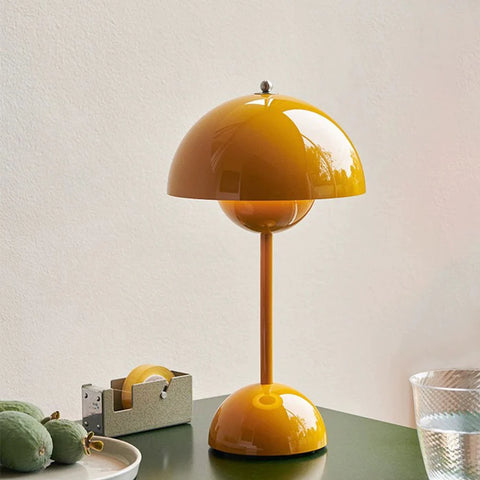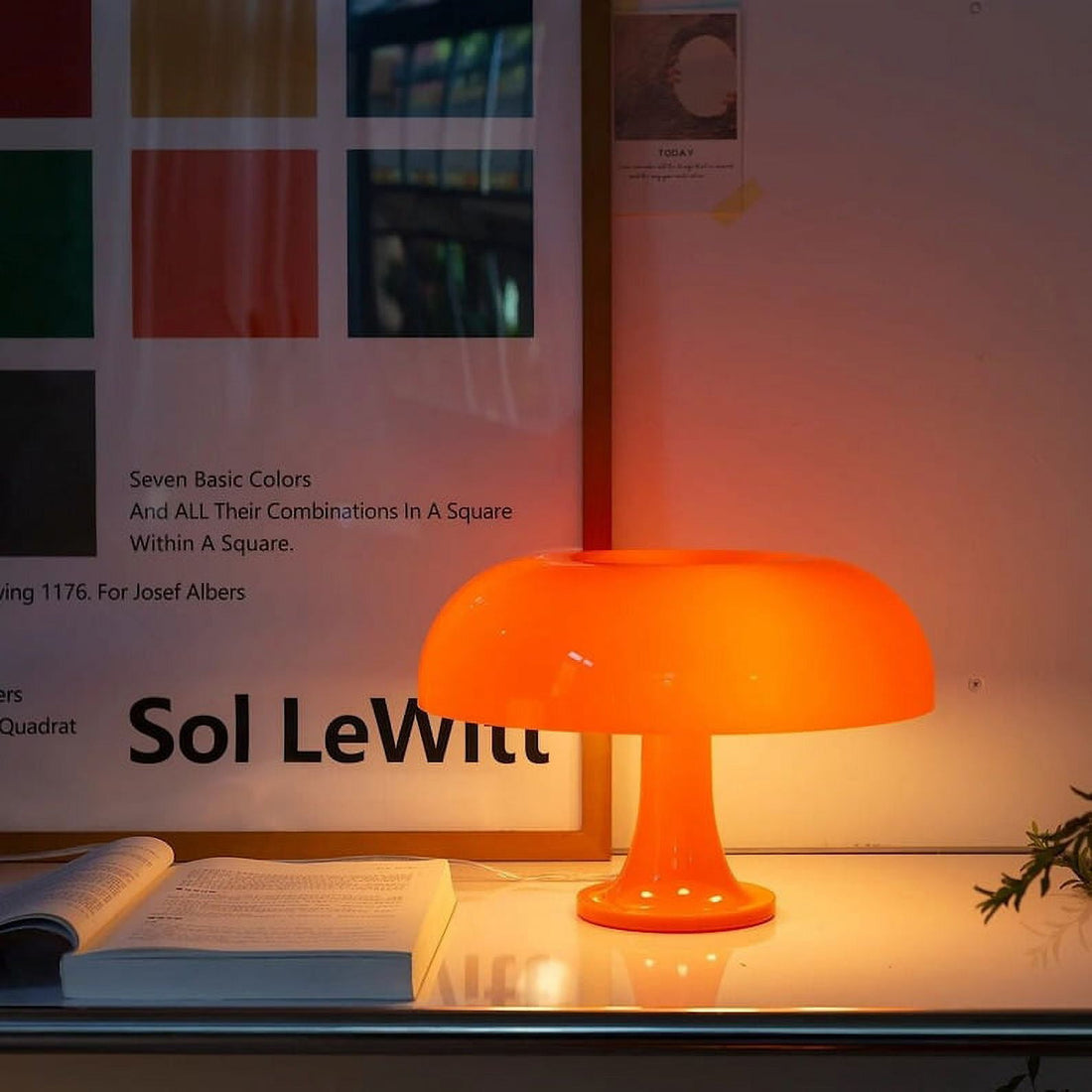How to Choose the Best Table Lamp?
Table lamps are a key component of every room in your home. They serve a functional purpose by providing light, but they can also make a beautiful statement. Buying a lamp solely based on its aesthetics without considering the performance and distribution of its lighting often results in a less than optimal experience, not to mention wasting costly energy.
To find the perfect table lamp for your home, first consider the overall style of the room. A more traditional style might be better suited to classic table lamps with simple shades and designs, while modern or contemporary rooms might be better served by sleek and stylish alternatives.
Next, determine the size of the table where you want to place your lamp, and the height at which you will be using it. The general rule is that the bottom of the shade should be at eye level when you sit in a chair or sofa nearby. This is the case whether you are shopping for a bedside lamp, a desk lamp or one that goes on your living room side table.
Finally, consider the light output and type of bulb you will be using with your new lamp. You can choose between LED, halogen and incandescent bulbs. LED is the preferred choice as it provides a more natural, warm light while saving you money on your electricity bill.
If you are looking for a smart and sophisticated alternative to traditional table lamps, look no further than the Orange Lamp. This lamp is equipped with a built-in color and temperature controller, allowing you to change the lighting in your space as the day progresses.

What is the Best Watt Bulb For Table Lamp For Study?
The lamp you use for study can greatly affect your eyes. Purchasing a high-quality lamp with a bright light in the 4000K-6500K range and an ability to be dimmed is essential for reducing eye strain while reading. In addition, a well-designed and sturdy lamp will reduce the risk of damage when being used regularly, making it a smart investment.
There are many different types of lamps to choose from, but not all are created equal. If you’re a fan of traditional style, consider a classic table lamp with a chic lampshade. Or, if you prefer something more modern, consider the Scandi Reading Lamp. It has a sleek design and an extra outlet in the base for added convenience.

You may also want to opt for a lamp that comes with blue-light blocking capabilities. This can help keep melatonin levels balanced in the evening and prevent eye strain during long periods of reading. This type of lighting is ideal for a bedroom or study room, as it allows you to control your sleep cycle.
To decide which brightness level is best for your study space, you should look at the foot candles (FC) and lumens (lm). The higher the FC, the brighter the bulb will be. Ideally, you will want to find a bulb with a FC of 250 or above.
Will LED Lighting Harm Our Eyesight?
LEDs (light-emitting diodes) have taken over the lighting market as they are energy efficient, durable and cost effective. However, concerns have been raised about their impact on our eyesight. The most common concern is that LED lighting emits too much blue light, which has short wavelengths and high energy levels. The blue light emitted by LEDs disrupts our natural circadian rhythm and can cause eye strain, migraines and sleep disruption.
LED lights use semiconductors to produce light from electricity, rather than heating a filament like traditional bulbs. This technology allows them to be shaped into many different forms and colours. LEDs also generate very little heat, and the little that they do generate is dissipated using a special heat sink that ensures the diodes don’t overheat. This feature makes LED lights better suited to sensitive environments, such as displaying artwork, where the spectral characteristics of other types of lights may damage the paint or dyes.
It is important to note that not all LEDs are the same and that brighter bulbs emit more blue light than dimmer ones. It is also worth mentioning that just because a bulb is brighter, it doesn’t mean it is more damaging to your eyes. Brightness and blue light emission are not synonymous and it is important to choose LED lights that are labelled as ‘warm’ or ‘soft’, which have lower levels of blue light emissions. If you would like to know more about the benefits of LEDs or would like to calculate how much your business could save by switching to them, don’t hesitate to contact us today.



















































